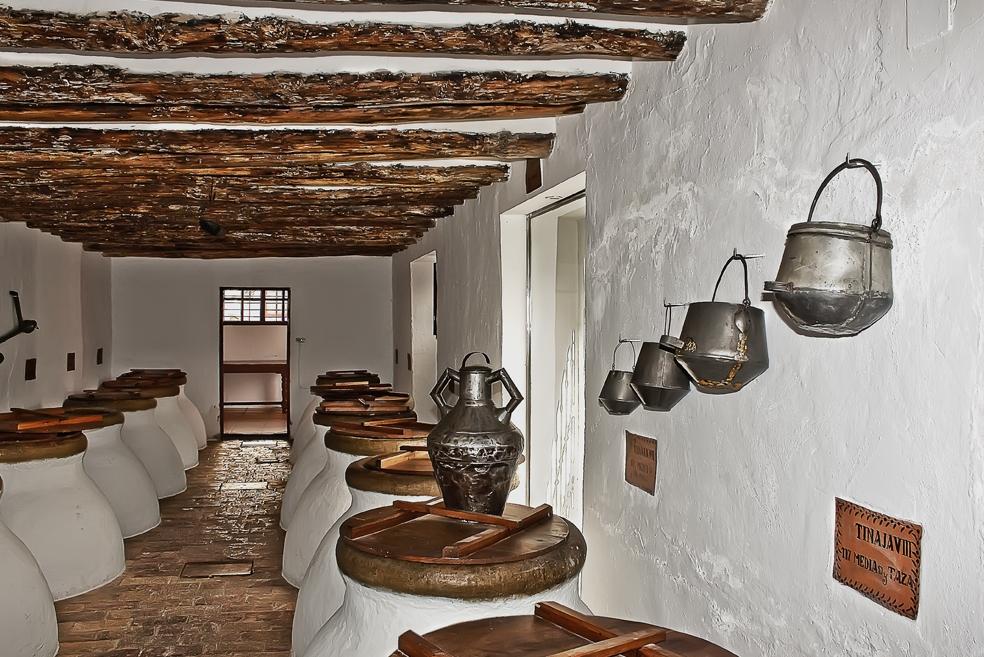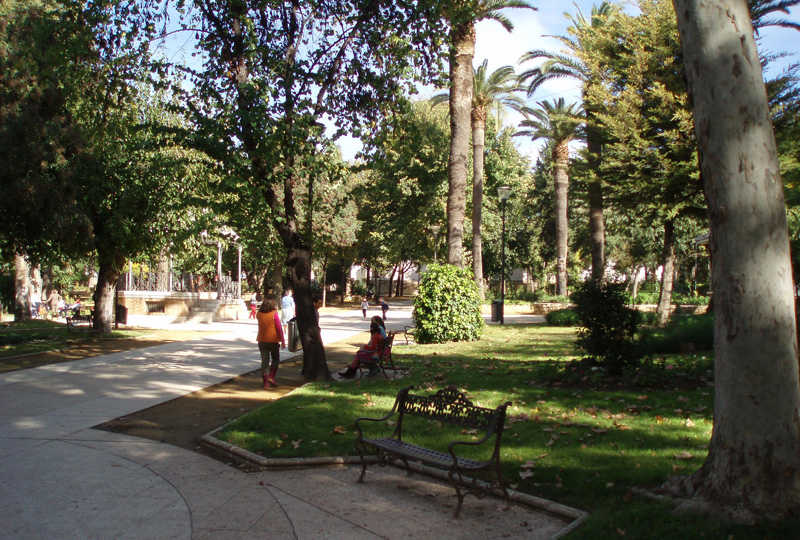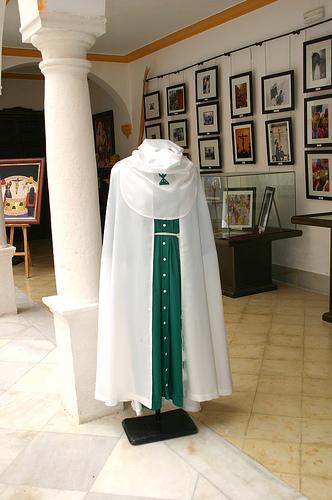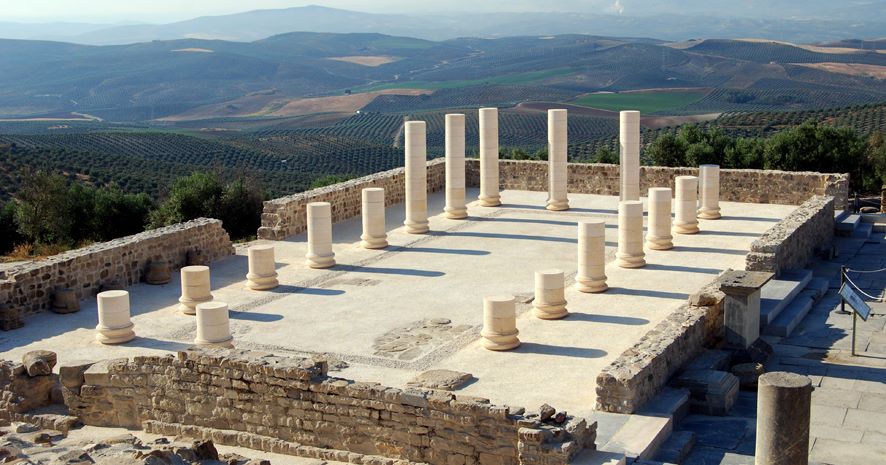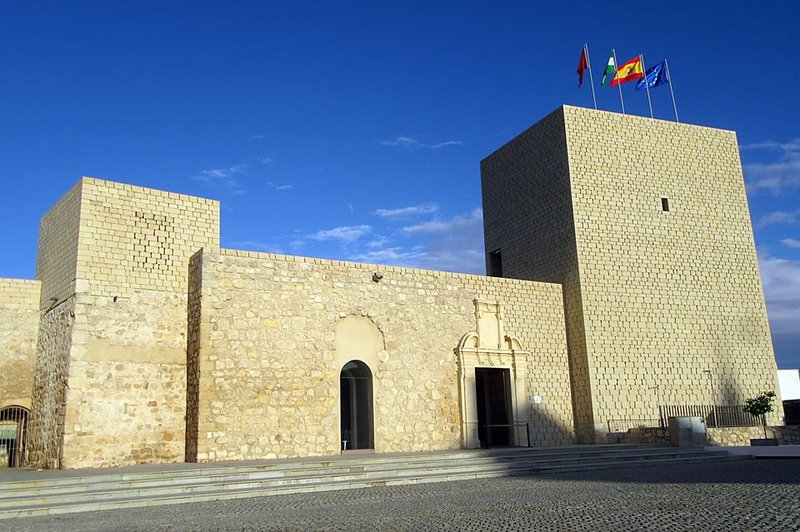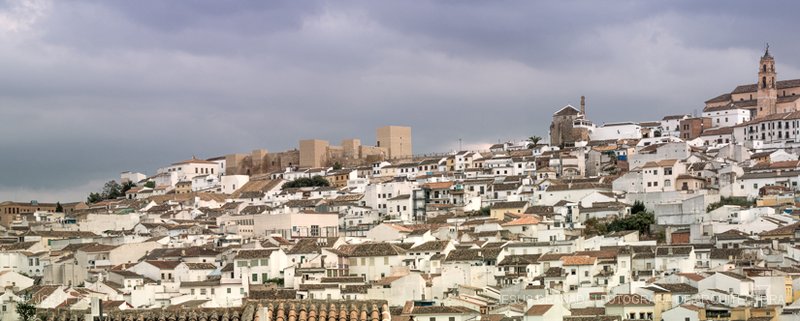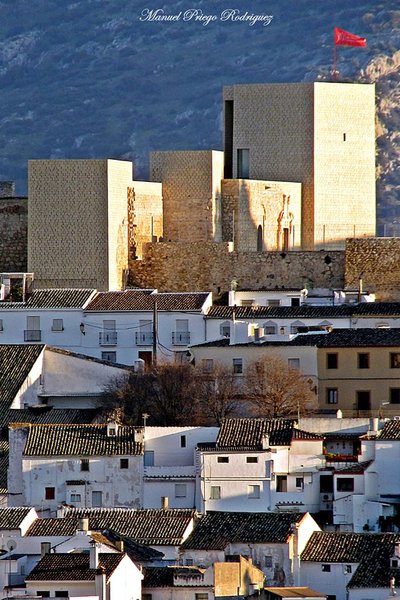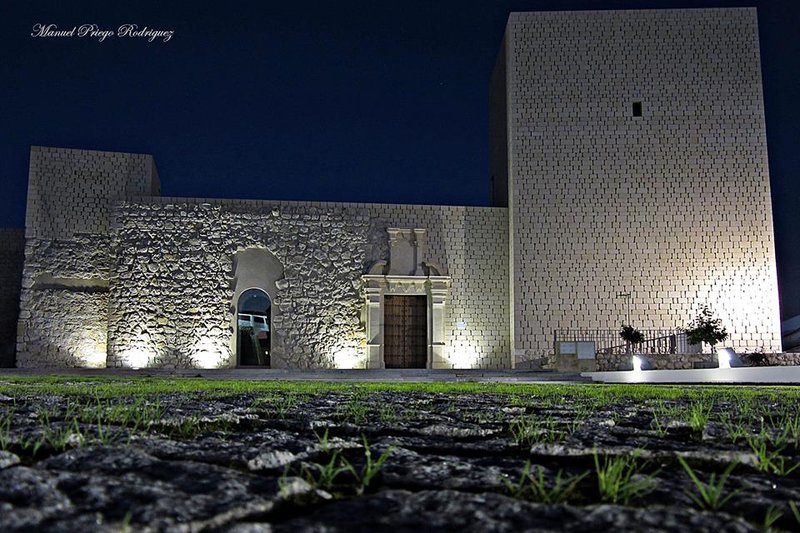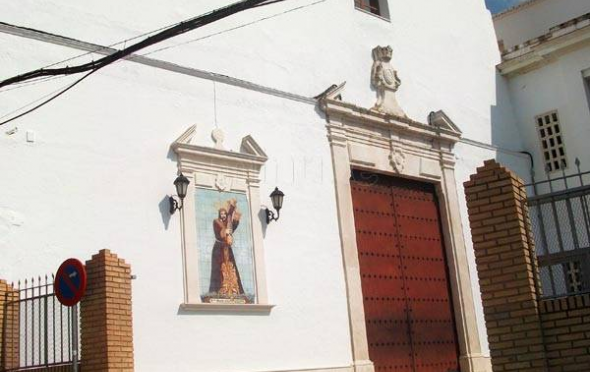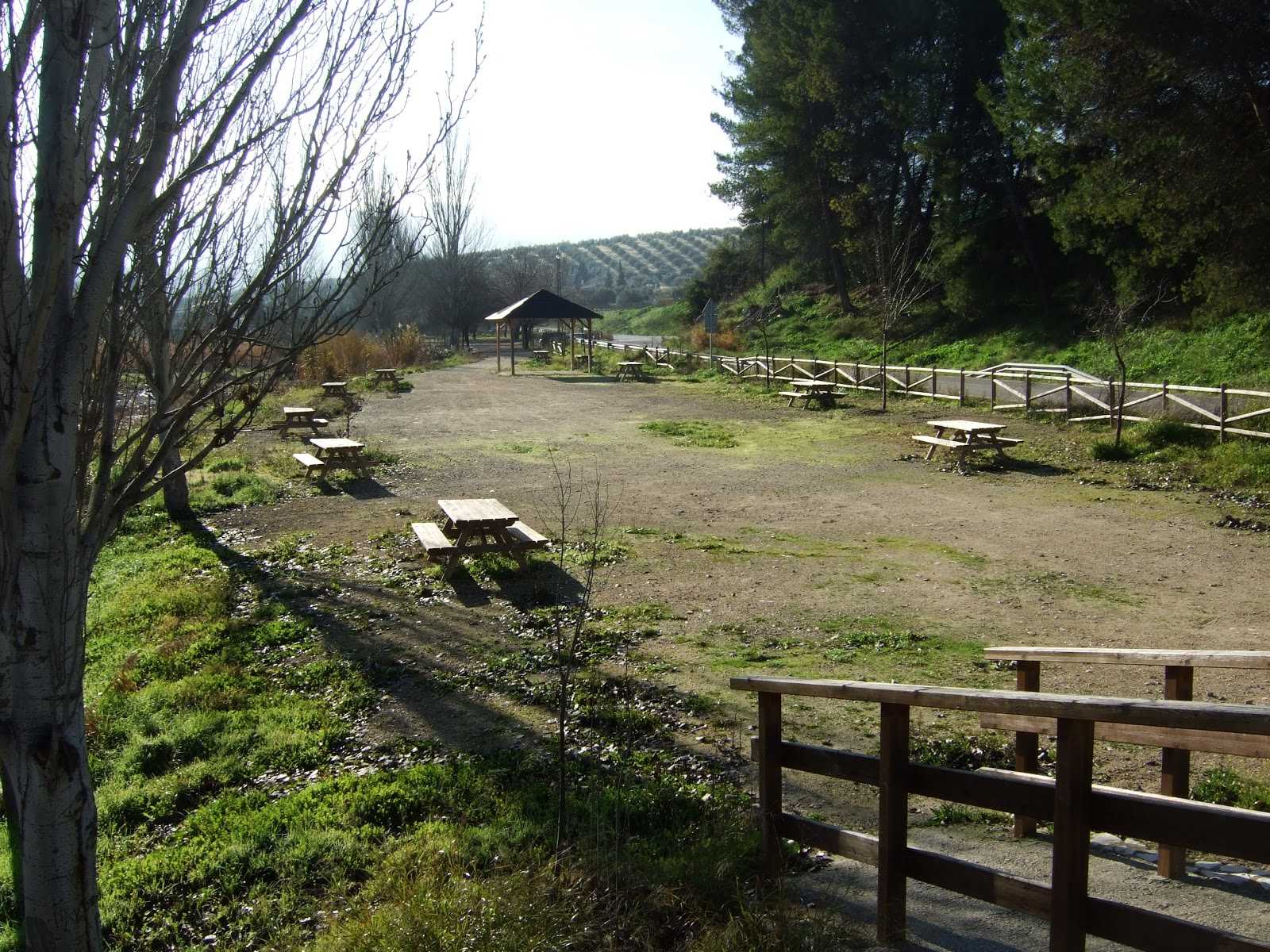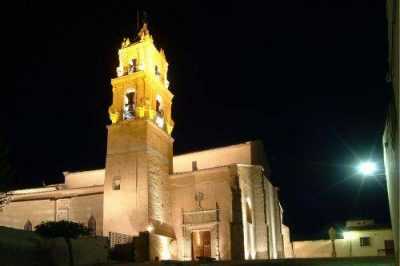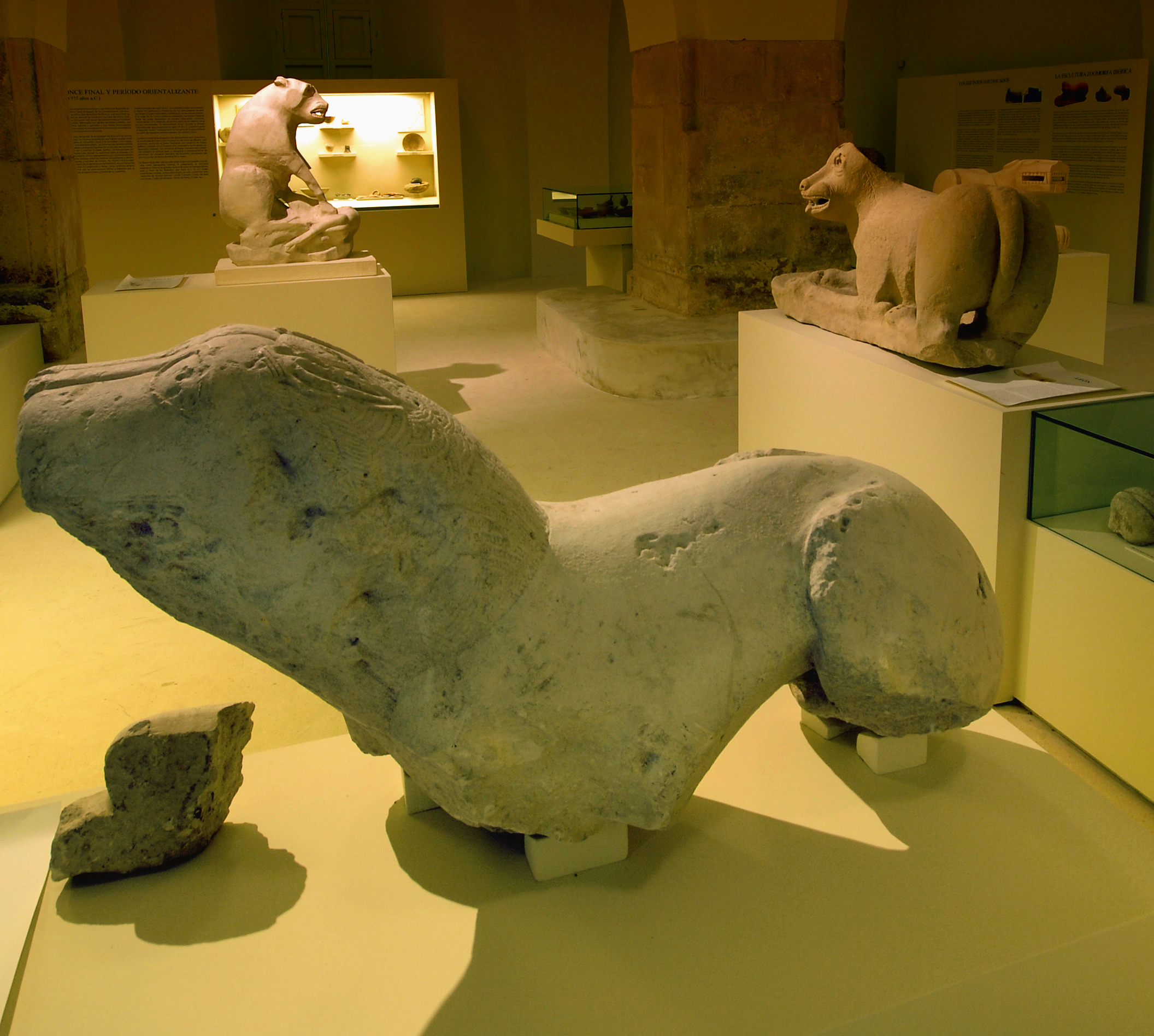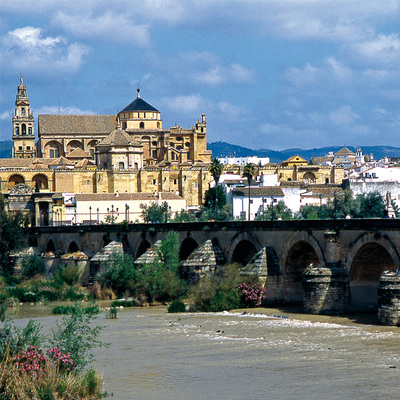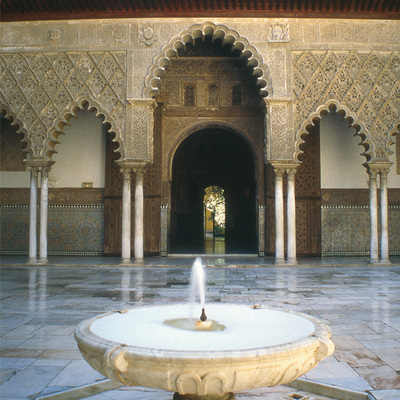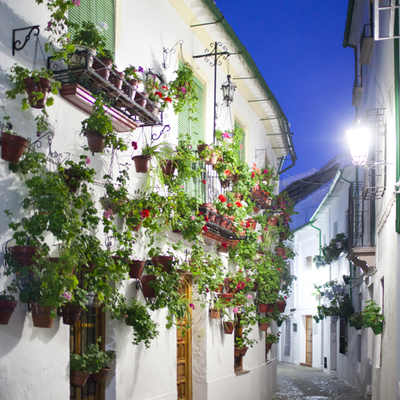Castillo de Baena
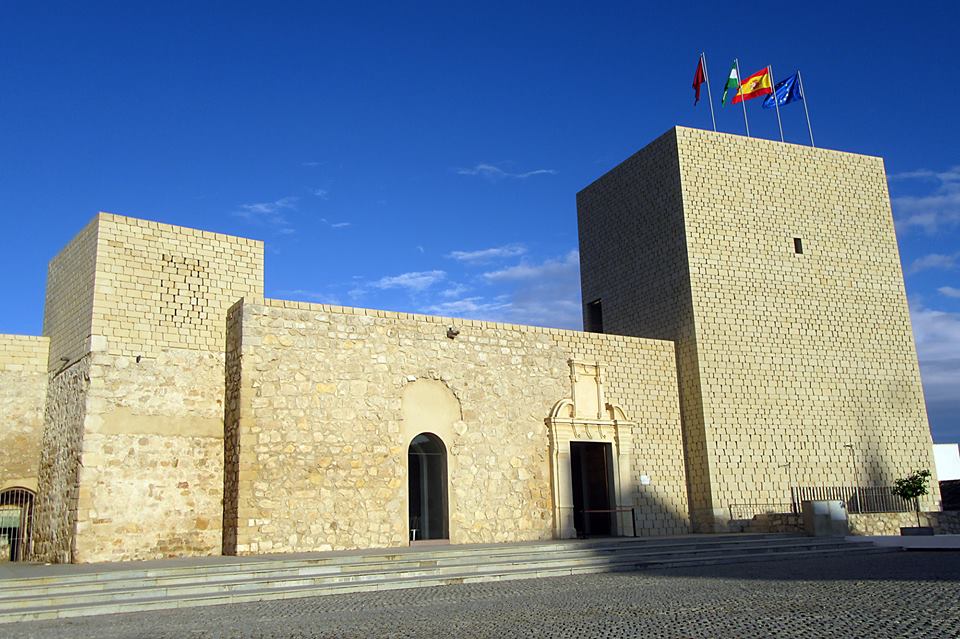
Located in the city of Baena, Baena Castle is square and still has part of its original walls and three of the four towers located in those of: El Secreto, Los Cascabeles and the last one of the Cinco Esquinas or Las Arqueras.â
Since the 16th century it has been used as the Palacio de los Duques. Diego Fernández de Córdoba, III Conde de Cabra, established his residence in the castle at the beginning of the 16th century and gave it a more palatial character. In 1520 the Baena and Condado de Cabra estate became related by marriage to the Duchy of Sessa. En 1566, by a Royal Decree of Philip II, Baena became the Duchy of Baena whereupon the lords of Baena came to be the Dukes of Sessa and Baena. It is from that time when there began to be a succession of structural changes in the fortified enclosure aimed at making the place suitable as a residence, and the military character of the complex faded into the background.
The most outstanding feature is the creation of openings and doorways in what had been impregnable walls, together with the new compartmentalisation of areas generated by the construction of many rooms for both the gentlemen and their service, domestic rooms, covered portico courtyards, etc. All this is well described both by Valverde y Perales (1902) and Ramírez de Arellano (1904).
The first news we have of the existence of the Baena Castle came at the beginning of the 9th century (890), during the reign of Emir Ahdullah, whose Governor in Regio since 889 had been Omar Ben Hafsum who rebelled and took Baena in 891. Afterwards the monarch himself had to fortify the castle in 910, when the rebel who dominated Cabra and the Cordoba countryside, had the throne in check until his defeat, in Aguilar.
It is after the Christian conquest when we start to have data on Baena Castle, although previously, in 1228, the governor of Fernando III in Baeza had attacked this castle, belonging then to Seville. Fernando III ceded it to his brother Rodrigo Alfonso de León, for life. In 1293 it was donated by Sancho IV, together with Luque and Zuheros, to the city of Cordoba. Events in 1295, speak of homage paid to Ferdinand IV by Baena. Subsequently the castle was attacked by Mohamed, the king of Granada, 1297.
In the 14th century we should remember the frontier role played by Baena against Granada. In July 1320 a peace treaty was signed in this castle between the Alonso XI and Ismail, King of Granada, which guaranteed this peace for eight years. In 1332, this same Alfonso XI garrisoned the castle in the face of danger from Granada, and in 1341 he left Baena to attack the Nasrid kingdom, not before providing the fortress with men and materials. In 1362 Abu Said, King of Granada, the Bermejo, took refuge in Baena and was accompanied to Seville by people from Cordoba.
In 1401 the castle was ceded by Henry III to the Marshal, Don Diego Fernández de Córdoba, with the opposition of the inhabitants of the city, taking possession of it in 1438. While in possession of this house, he had an illustrious guest in 1473, Don Gonzalo Fernández de Córdoba, who was imprisoned for three years when he was brought from the Castle of Santaella.
The Marshal, Lord of Baena, used the castle as his habitual residence towards 1456. In 1455 Henry IV, on returning from Seville with the Queen, Doña Juana, passed through Baena and was accommodated there.
In gratitude for the welcome he was granted, Henry named him Marshal, Count of Cabra. Isabel the Catholic also stayed at this castle in 1485, as did the Catholic King on a number of occasions during the Granada war. Baena became a Duchy by a Royal Decree of Philip II, dated 19 August 1566.
Monday, Wednesday, Thursday and Sunday, 9.30am to 1.30pm. Friday and Saturday, 9.30am to 1.30pm and 5.30pm to 8.30pm. Open on public holidays and the days prior to public holidays.
Services and infrastructure
Target audiences
Segments
Specialties
Season
Duration
Open to visitors
You may be interested
